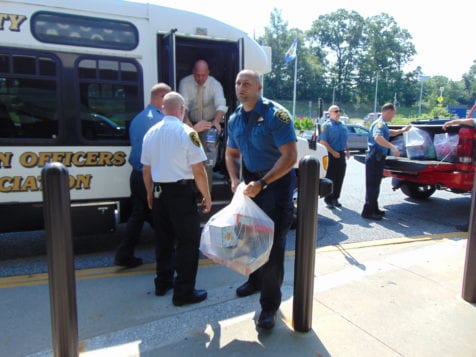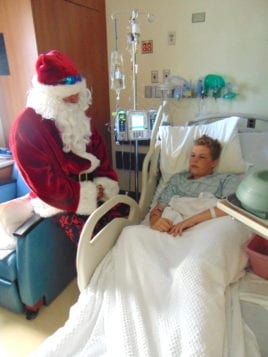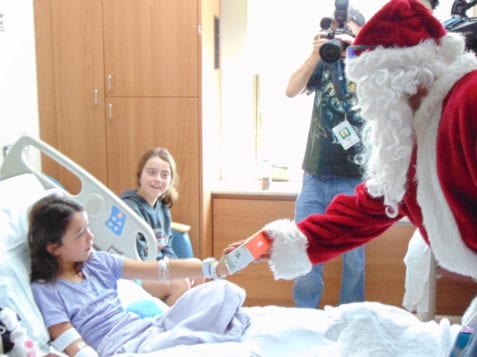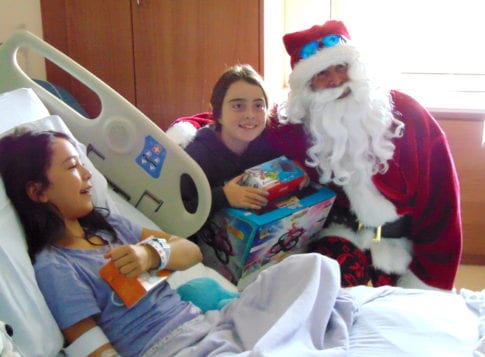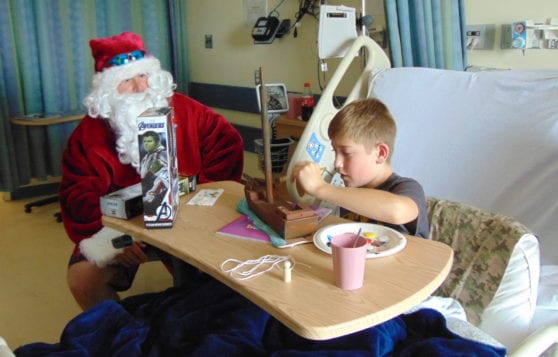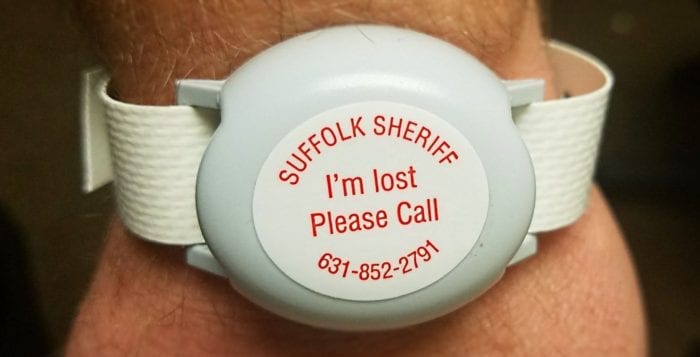When someone goes missing, it can be a terrifying experience for the person as well as family, friends and neighbors, especially when the individual has an impairment.
The Suffolk County Sheriff’s Department is reminding the public of its Project Lifesaver initiative after John Wile, a Stony Brook man with Alzheimer’s, was found dead Aug. 8 on the Research and Development Park property, also in Stony Brook, after leaving his home to jog two days earlier. The 10-year-old rapid-response program aids clients who may wander due to cognitive impairments or other afflictions, such as Alzheimer’s, dementia and autism.
Deputy Sheriff Sgt. Brian Weinfeld said those enrolled in the sheriff’s program wear a wristband with a transmitter that can be used on the wrist, ankle or as a necklace. The radio frequency transmitter and wristband come with a case, tester and battery. The battery and wristband have to be changed or charged every 30 to 60 days depending on the type.
He said caretakers are informed to call a special line with the Sheriff’s Department and 911 as soon as it’s discovered that someone with the transmitter is missing. The calls are received at the sheriff’s communication bureau and a text message is sent out to all Project Lifesaver responders, which is approximately 15 people within the department who are spread out from Montauk to Amityville. While all may not be working when an emergency occurs, Weinfeld said sometimes a responder will join the search on his or her day off.
Once the responders get a message that someone is missing they turn on their equipment and will receive a signal every one second transmitted from the person’s location device, Weinfeld said. The range of the signal depends on the terrain, and a responder’s antennae can pick up a signal approximately 3 miles on land and 5 in the air. The signal can be picked up by the antenna on a car or from a handheld antenna when searching on the ground. Using radio frequencies has its benefits.
“It’s not susceptible to satellites going down, cloudy weather or being in a basement,” he said. “That signal is going to be strong no matter what. Whereas with a GPS-type of device, you’re going to be relying on satellites and a clear path to the sky and that type of stuff.”
Weinfeld said responders start from where the person went missing and have an estimated range of how far the person could have wandered, which can be about 4 miles an hour. When a man in Brentwood went missing recently, a responder was near the Sagtikos State Parkway and the man was found within three minutes, according to the deputy sheriff sergeant. He said it’s critical when looking for someone who is lost that a caretaker calls the second he or she realizes, even before he or she searches for the person.
“Thankfully most of our searches end before we even get there,” he said. “Which is great. I tell all the clients, ‘Please, don’t hesitate to call us because we’re working, we’re on the road, we’re there. If you think your person is missing, just call us. We can start by sending someone to your area. Five minutes later we’re just pulling in and you found them, no big deal, we’ll just go back to work.’ I don’t want people to think they’re burdening us.”
Weinfeld said there are approximately 108 clients enrolled in the program, with roughly 50 percent being seniors with Alzheimer’s or dementia. The other 50 percent are children and adults with autism. He said there has been a 100 percent success rate out of the 3,000 reported searches in North America.
Those interested in the program can fill out a form with the Sheriff’s Department, and after a home visit and approval, can purchase the kit for approximately $300. Weinfeld said health insurance may cover the expense in some cases and others may be eligible to receive it for free.
According to the Alzheimer’s Association, a voluntary health organization in Alzheimer’s care, support and research, one in three seniors die with Alzheimer’s or other dementias, and it’s the sixth leading cause of death in the U.S. The association states 5.7 million Americans are currently living with the disease, and it’s projected that number will rise to about 14 million by 2050.
“The use of electronic tracking devices may be an appropriate part of a comprehensive safety plan which offers peace of mind for individuals with the disease and their caregivers,” said Douglas Davidson, executive director of the Alzheimer’s Association, Long Island Chapter.”It should never be used as a replacement for needed supervision, and families should prepare for safety issues throughout the course of the disease.”
For more information on Project Lifesaver, visit www.suffolkcountysheriffsoffice.com/project-lifesaver. Also visit www.alz.org/longisland, for more information about Alzheimer’s and free programs and support available for patients in Suffolk and Nassau counties.

